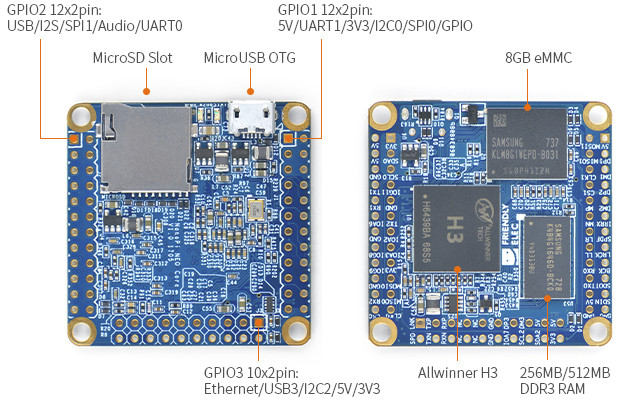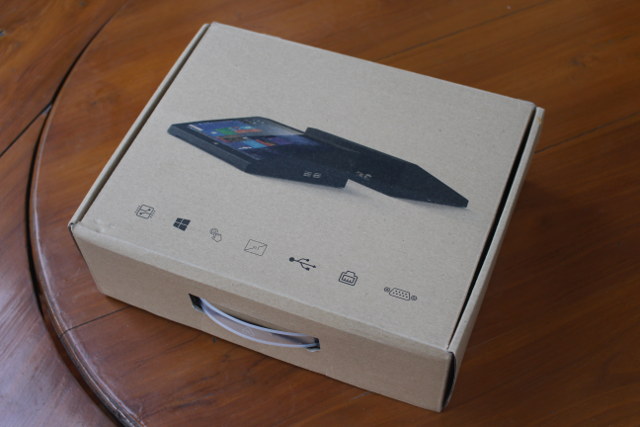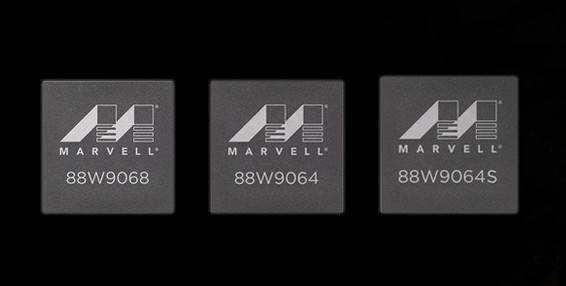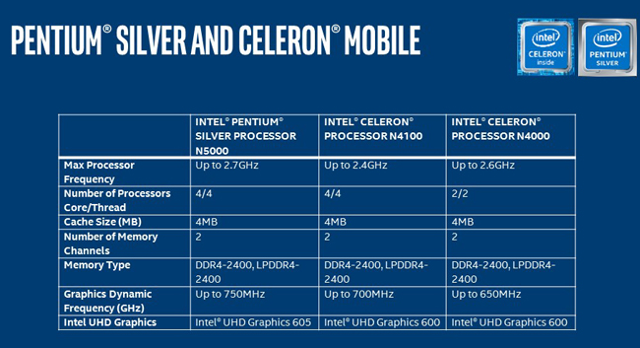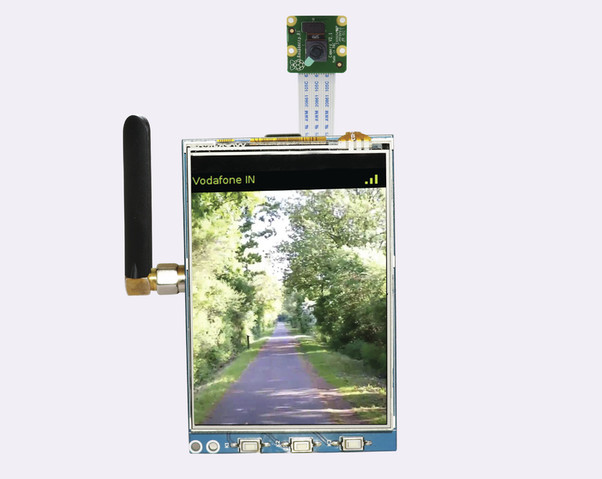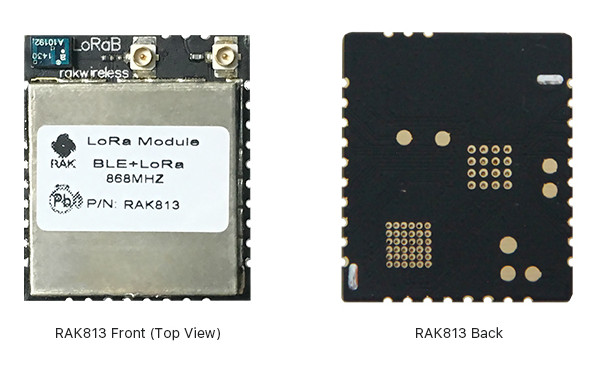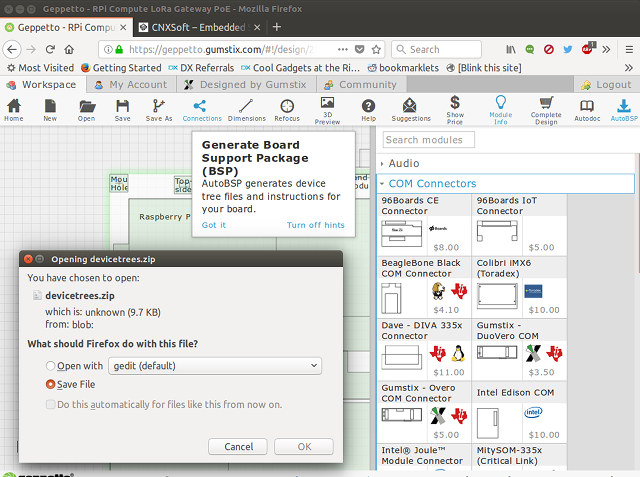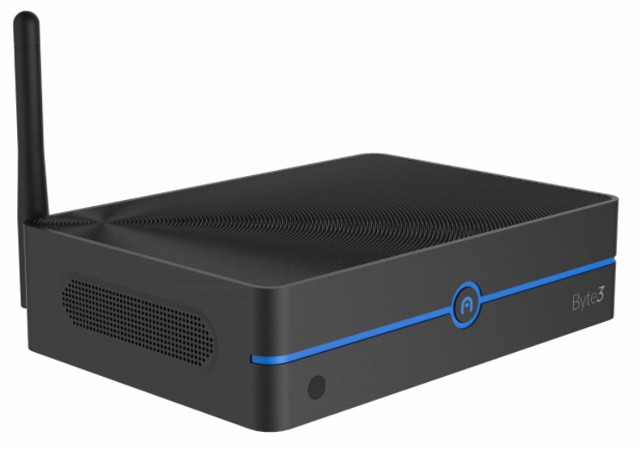FriendlyELEC has launched many cool NanoPi development boards such as NanoPi NEO2, NanoPi A64, or more recently NanoPi Duo based on Allwinner H- or A- series ARM processors, as well as some models based on Samsung/Nexcell or Amlogic SoC. The company has now launched two other NanoPi products that are a bit different since they are systems-on-module – or could even be considered minimal development boards – with namely NanoPi NEO Core powered by Allwinner H3 quad core 32-bit processor, and NanoPi NEO Core2 based on Allwinner H5 quad core 64-but processor. NanoPi NEO Core Specifications: SoC – Allwinner H3 quad core ARM Cortex-A7 processor up to 1.2GHz with Mali-400MP GPU System Memory – 256MB or 512MB DDR3 RAM Storage – NC/8GB/16GB/32GB eMMC flash, micro SD slot USB – 1x micro USB OTG port also used for power input Expansion – 2x 2.54mm pitch 24-pin headers, 1x 2.54mm pitch 20-pin […]
F6 / GOLE 10 Mini PC Tablet Review- Part 1: Specs, Unboxing and Teardown
Mini PCs and tablets are normally distinct product category, but in recent years we’ve seen mini PCs fitted with touchscreen displays, which are somewhat like industrial panel PCs with mostly consumer grade, and with the display placed at an angle. PiPo has designed several of those with models such as PiPo X8 or PiPo X9S. Shenzhen Qianhai GOLE Technology (aka GOLE) is another company manufacturing “mini PC tablets”, but when I reviewed their first GOLE1 model, I did not find it very useful because a 5″ display is quite inconvenient with Windows 10, and even for Android as if you may not always keep it close like a phone, except for some very specific applications. The company has now launched another model called GOLE 10 (aka F6), still based on an Atom x5 processor, but that should be more useful thanks its 10.1″ touchscreen display with 1920×1200 resolution. I’ve received […]
Marvell 802.11ax WiFi Chips are Designed for Enterprise Gateways, Mainstream Routers, and Set-Top Boxes
High-Efficiency Wireless (HEW), better known as 802.11ax, is a new WiFi standard that is supposed to deliver up to 10 Gbps bandwidth over 2.4 and 5.0 GHz frequencies, and improve the average throughput per user by a factor of at least 4 times in dense environments. Several draft of the specifications have been voted on, but the latest 802.11ax timeline seems to indicate the final 802.11ax specifications will only be approved sometimes in 2019. This has not prevented companies to announce or unveil 802.11ax SoC or solutions based on the draft specifications, as we’ve seen in the past with NXP Layerscape LA1575 programmable WiSoC, Qualcomm gateway reference design, and Broadcom Max WiFi chips. Marvell has now joined the fray with their 802.11ax wireless portfolio. All Marvell 802.1ax WiSoCs support all using uplink & download OFDMA / MU-MIMO, 1024 QAM, off-channel spectrum scanning, dedicated in-service monitoring, and precision location. Three SKUs […]
Six Intel Gemini Lake Processors Launched: Pentium Silver N5000 / J5005, and Celeron N4100, N4000, J4105 and J4005
Most of us have been expecting Intel Gemini Lake processors for a while, many of the features are already known, but there were some delays, and Intel has now only officially launched Intel Gemini Lake family with 6 processors. The models include two Pentium Silver quad core processor with N5000 for mobile, J5005 for desktop, and four Celeron dual/quad core processors with N4000 & N4100 for mobile, and Celeron J4005 & J4105 for desktop. All processors share the same 4MB cache which will help with performance improvement, and dual channel DDR4-2400, LPDDR4-2400 memory. Pentium processors come with Intel UHD Graphics 605 clocked up to 750/800 MHz, and Celeron processors are instead equipped with UHD Graphics 600 up to 650/750 MHz which the exactly frequency depending on model. The company also introduced Intel Pentium Silver and Intel Pentium Gold brand levels with the former on Gemini Lake architecture, and the latter […]
Turn Your Raspberry Pi into a “Smartphone” or Cellular IoT Gateway with PiTalk 3G HAT (Crowdfunding)
The Raspberry Pi boards are used in a countless number of projects, and some of those turn one of Raspberry Pi boards into a (thick) smartphone powered by Linux. The first one was probably PiPhone based on Raspberry Pi 1 Model B, and other followed suit such as TyTelli based on Raspberry Pi Model A+, and more recently ZeroPhone powered, as its name implies, by Raspberry Pi Zero board. UK based SB Components Ltd is offering another option with their PiTalk HAT based on a Quectel 3G UMTS module, and kits adding a 3.2″ to 5″ display, an optional camera, and/or Raspberry Pi 3 board. PiTalk board specifications: Cellular Connectivity Quectel UC15 3G/2G UMTS/HSDPA and GSM/GPRS/EDGE module with up to 3.6 Mbps download, 384 Kbps upload SMA antenna connector Push push SIM card holder Voice, SMS and data support Audio – 3.5 mm audio jack, speaker and mic support via […]
RAK Wireless Introduces LoRa + BLE Module, LoRa GPS Tracker, and NB-IoT/eMTC Arduino Shield
We’ve previously covered several products from RAK Wireless, including RAK WisCam Arduino compatible Linux camera, RAK CREATOR Pro Ameba RTL8711AM WiFi IoT board, and WisCore modular development kit for application leveraging voice assistants such as Amazon Alexa. AFAIK, the company had not released any new products since their RAK831 LoRa gateway module launched last summer, but they just contact me with the release of three new wireless products, namely RAK813 BLE + LoRa module, RAK811 LoRa tracker board, and WisLTE NB-IoT/eMTC/eGPRS Arduino shield. RAK813 BLE + LoRa module & Development Board Main features and specifications: Connectivity LoraWAN via Semtech SX127x (LoRa) chipset Frequency Ranges 433MHz, 470MHz FCC Frequency range 902~928MHz CE Frequency range 863~870MHz MIC Frequency range 920~928MHz KCC Frequency range 920~923MHz Receiver Sensitivity: LoRa down to -146 dBm TX Power – adjustable up to +14 dBm, max PA boost up to 20dbm Range – Up to 15 km in rural […]
Gumstix AutoBSP Automatically Generates Device Tree Files for Hardware Designed with Geppetto
Gumstix launched Geppetto Design-To-Order (D2O) system back in 2013, and at the time you could design complete baseboard for their Overo CoMs right in your Chrome or Firefox web browser, and once complete, order the board from the website. The system is meant to save you time, and “design” here does not mean drawing schematics, and laying out PCBs, but instead selecting board size, and adding ports as needed. Since then, the company has added support for more modules, and you can now easily build you own baseboard for Raspberry Pi Compute Module, Technexion PICO-IMX6 module, Toradex Colibri SoM, 96Boards Mezzanine, and they even have Beaglebone Black and 96Board CE or IoT connectors, among others. Support for Qualcomm DragonBoard 410c, Atmel (Arduino) , and STMicro platforms is also being worked on. Their latest feature – AutoBSP – automatically generates device tree files for your custom boards, so you can simply […]
Azulle Byte3 Mini PC Review – Windows 10, Linux Support, Benchmarks, and Video Playback
The Azulle Byte3 is a fanless Apollo Lake device featuring both M.2 slot and a SATA connector, as well as supporting HDMI and VGA. It includes USB (both 2.0 and 3.0 including a Type-C port) as well as Gigabit Ethernet: It features an Apollo Lake N3450 SoC and comes with 32GB of storage plus an option of either 4GB or 8GB of RAM and a further option of either with or without Windows 10 Pro meaning Linux users can save around USD 20. Azulle provided me with a device for review and it came in a presentation box complete with a power adapter, and remote control together with a quick guide pamphlet. Whilst the power adapter includes an interchangeable plug it only came with one suitable for the US. Looking at the detail specifications: it is important to realize that the Type-C USB is USB 3.0 which […]


